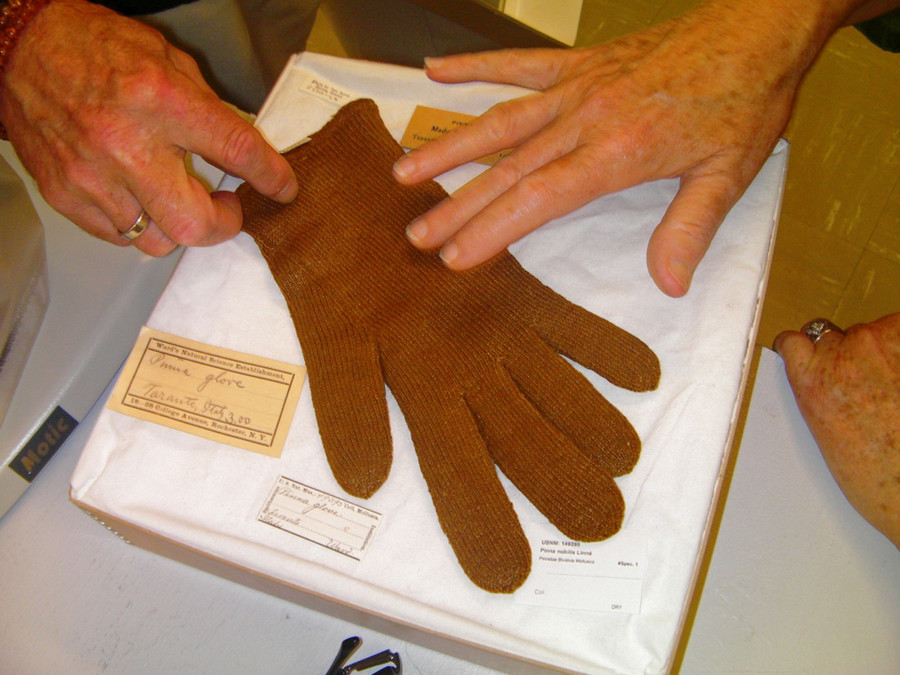She sees seashells by the seashore
The goal of our recent road trip was to visit Sanibel Island off the west coast of Florida.
For those who have never heard of it, Sanibel Island is renown as a destination for serious shellers. Wherever we travel, if a seashore is nearby, I always spend a few hours checking out the local scene, and I am always asking traveling friends to keep me in mind if they visit a beach.
Unfortunately, too many areas are devoid of almost anything. Coney Island is practically bare. Friends came up empty in Hawaii. And the beaches in Tel Aviv yield only a limited number of species and precious few specimens.
We arrived on a Thursday afternoon and I immediately hurried out to wander along the shore. The best time for shelling is supposed to start one hour before low tide — of which there are two every day — to one hour after low tide. Therefore, tide charts are available everywhere there.
But what makes Sanibel such a good location? Well, it is on the gulf side of Florida, and in that location, the gulf tide flows north from the Caribbean and elsewhere. Also, Sanibel is shaped like an arc lying east-west across this flow.
In addition, there is no sharp drop-off in the offshore water level where a high shelf underwater would prevent the movement of shells onto the beach as the waves roll in.
Off to one side of the main road is the Bailey-Matthews National Shell Museum, which should not be missed. For the dedicated beachcomber, they have a laminated sheet showing 149 different shells that have been collected on Sanibel. I am not really complaining, but in the end, I probably found only about 15 different varieties in the enormous heaps of shells scattered everywhere.
But when I suggested to one of the naturalists at the museum that I was disappointed not to have found a Scaphella junonia, a cream shell with 12 spiral rows of squarish brown dots. I was told everyone else was looking for one as well.
Apparently, this gastropod mollusk — named for the Roman goddess Juno — lives in deep tropical waters many miles away, and is only washed ashore by very severe storms, which were hardly on my vacation agenda.
But the museum was well worth visiting with displays of shells from around the world as well as many examples of how shells have been used — as jewelry, as currency and even buttons. One of the cases I examined discussed sea silk, a term I had run across recently.
One of the shells that I had seen displayed is a mussel colloquially called a pen shell, genus Atrina of the family pinnidae, a bivalve mollusk. A related genus is Pinna, an endangered Mediterranean species, which contains the extremely large and long lived Pinna nobilis, which grows up to four feet long and can live up to 20 years in beds of sea grass.
Both mollusk species develop as tiny, free-swimming larvae after fertilization. Then they form a calcareous shell and drop to the bottom of the seafloor, attaching themselves with a tuft of these byssus threads secreted by a special gland in the foot.
This Pinna nobilis is the source of a fiber, byssus, which has been used to create an extremely fine, golden thread that apparently has been used since antiquity for small luxury items of clothing. Based on some ancient sources, Jason’s Golden Fleece may actually have been a mass of these byssus fibers.
Joyce Matthys, a Sanibel local, decided to replicate the project using local mollusks. It was enormously time consuming. First, Joyce had to collect enough byssus from the three local species — Atrina rigida, Atrina serrata and Atrina seminuda.
Apparently the byssus remains attached to the living animal, and an empty shell washed up on the beach was useless. In addition, these fibers are quite short, so a single tuft did not yield much material, which is entangled with dirt and debris.
The second step, therefore, was to wash it with either dishwashing liquid or shampoo. Then the material had to be combed.
In the end, it took five years to accumulate the material necessary to spin the byssus into yarn, which was finally crocheted into a small rectangle. That small rectangle needed a rinse in an acidic liquid — in this case pure lemon juice — so that it would gleam in sunlight.
There has been renewed scholarly interest in this material with conferences and traveling exhibits. What a delight it would be to learn more about this fabulous material should an exhibit come to New York!






